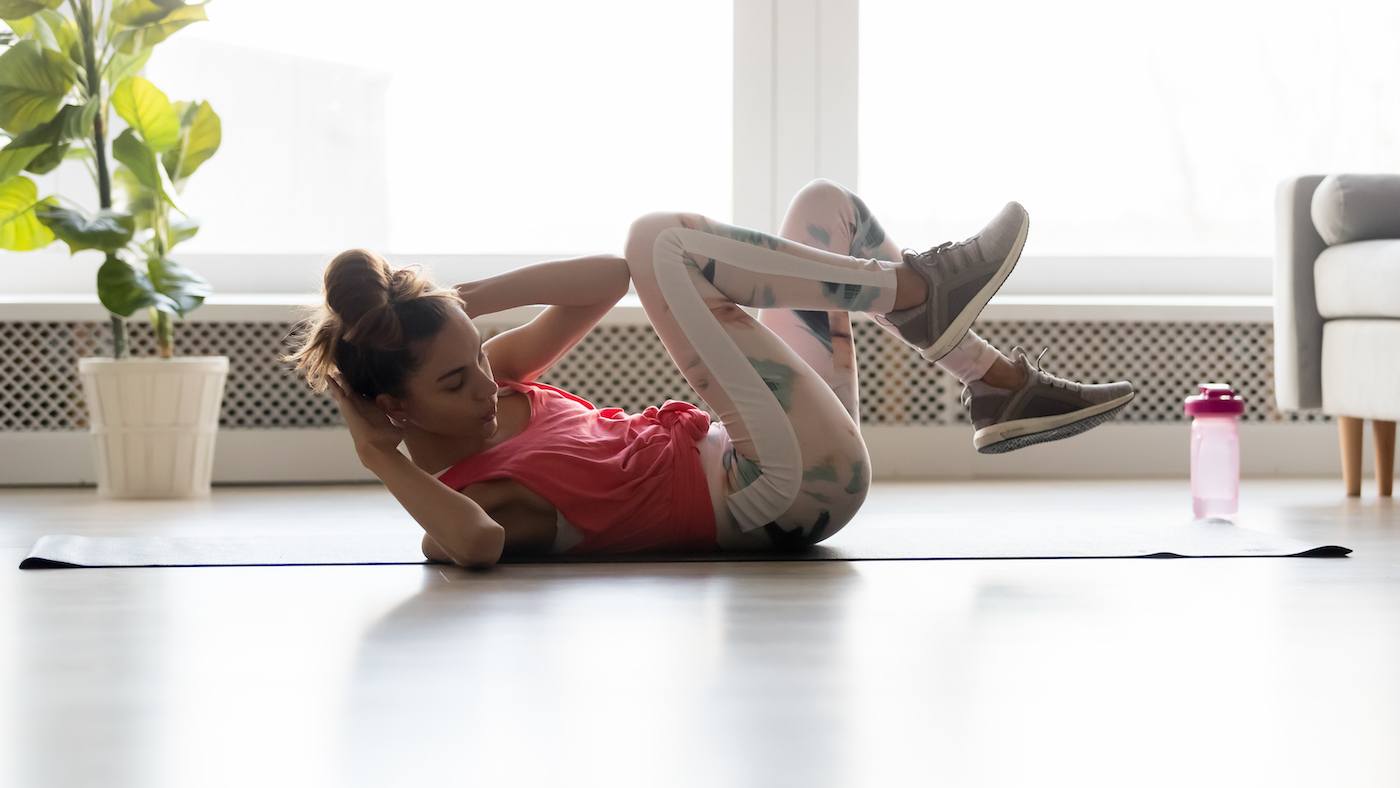
September 20, 2019 at 02:16PM by CWC
Raise your hand if you’ve always been under the impression that your “core” and your “abs” are basically the same thing. After all, you know that a plank works your core, and a plank also works your abs, so if A equals B, then B must equal A…right? Not quite.
Your core is actually just a nickname for the group of muscles that runs through the center of your body, and your abs are just one small piece of them. The actual number of muscles that comprise your core varies a bit depending on what you include (and who you ask), but according to Lee Wratislaw, manager of digital programming at Gold’s Gym, it’s at least fourteen (you’ll find ’em below).
“The core is the system of muscles that stabilize, align, and move the trunk of the body,” says Wratislaw. This, he explains, is what allows for proper posture and movement patterns throughout your body. “A well-developed set of core muscles will prevent injury, improve posture, and deliver better balance and coordination. Strengthening the core will also prevent lower back pain and other hip and knee complications.”
Think of your core as your center of gravity: Every movement in your body starts with this group of muscles, and making them stronger can help with most everything you do. There are three different “systems” throughout your core—the global stabilization system, the local stabilization system, and the movement system—which are each made up of different muscles and have different functions, but work together to provide stability and coordination throughout the body. Here, Wratislaw breaks down why it’s important to work each and every muscle, and the moves (all of which can be found via workouts in the Gold’s AMP digital app) you need to do it.
Local stabilization system
ADVERTISEMENT
ADVERTISEMENTKate Spade Autumn/Winter Sale |
“These muscles help to create spinal stability and intra-abdominal pressure,” says Wratislaw, adding that strengthening these muscles will help provide stability for compound movements, like squats and dead lifts. “Learning how to develop intra-abdominal pressure will prevent excessive spinal flexion and will prevent your torso from ‘caving in’ when challenged with loads.” This system also includes the pelvic floor muscles, which FWIW you can definitely work on strengthening.
Transversus abdominis: planks, crunches, plank pikes, crunches, glute bridge holds, side planks, flutter kicks, super crunches
Internal obliques: sit-ups, Russian twists, V-sit heel taps, V-ups, and planks
Diaphragm: diaphragmatic breathing, bird dogs, standing torso rotations, jumping jacks, V-ups, planks, glute bridge holds
Global stabilization system
“These muscles act to transfer loads and coordinate movement between the upper and lower regions of the body,” says Wratislaw. In addition to the ones listed below, this system also includes the quadratus lumborum, psoas major, and gluteus medius.
External obliques: rotational ball chops, slam ball front squats, slam ball strict presses
Rectus abdominus: slam ball sit-ups, slam ball Russian twists, ball slams
Adductor complex: kettlebell sumo squats, kettlebell deadlifts, kettlebell swings, pulse squats, alternating reverse lunges
Movement system
“The movement system is comprised of muscles that provide a synergistic role with the other systems of the core by attaching the spine and/or pelvis to the extremities of the body,” says Wratislaw. In other words, they the muscles listed below (plus your hip flexors, which are also a part of the movement system) are the ones that help you move
Latissimus dorsi: high plank shoulder taps, arm swings, inchworms, push-ups, floor presses, dumbbell renegade rows, dumbbell bent-over rows
Hamstring complex: glute bridges, reverse lunges, tin soldiers, squats, dumbbell glute bridges, dumbbell alternating reverse lunges, dumbbell deadlifts, dumbbell front squats
Erector spinae: jumping jacks, squats, high plank shoulder taps, glute bridges, unilateral kettlebell strict presses, kettlebell goblet squats, kettlebell deadlifts, kettlebell swings
ADVERTISEMENT
ADVERTISEMENTSports Direct Free Delivery on All Orders! |
To work your obliques even harder, try one of these moves (don’t worry—there are no planks involved); Or give Charlee Atkin’s 8-minute core workout a try at home.
Author Zoe Weiner | Well and Good
Selected by CWC
ADVERTISEMENT
ADVERTISEMENTUp to 30% off Gift Sets |






